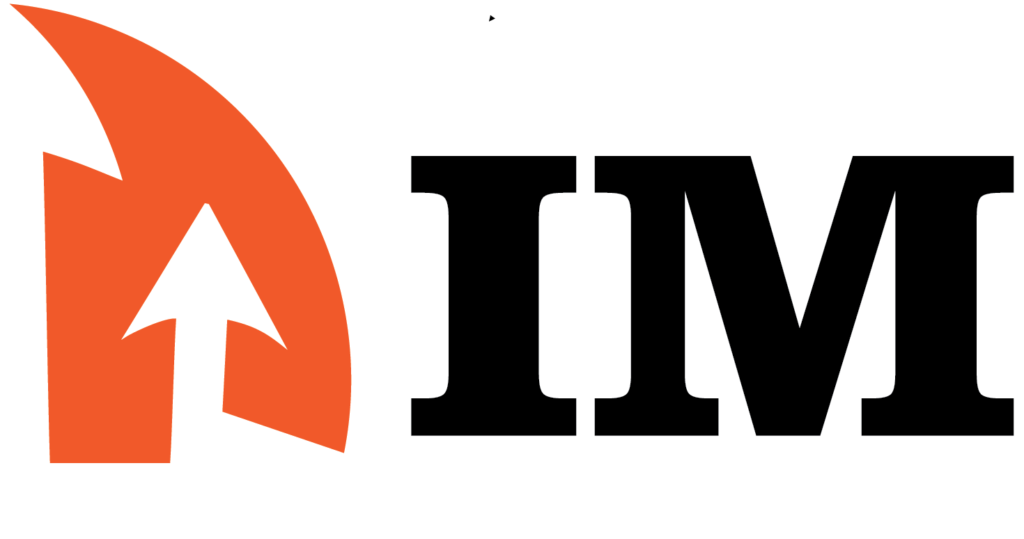You can make your automation work better if you know how they work. This post will help you understand how automation works.
Automating repetitive processes with tools like make.com saves hours. But have you ever thought about how automation works?
You can understand and make better automation processes if you know how they work.
Automation is based on two easy ideas: actions and triggers.
We’ll look at a simple scenario as an example.
You want to email the person who bought something from you through Stripe. Also, if the customer spends $1,000 or more should be put on the premium list. If they spend less than $1,000, put them on the normal list.
1. Triggers
The trigger is what checks to see if something really does happen.
Example of a trigger:
Checking on to see if the customer makes a purchase or not, then if the customer makes a purchase it informs the automation system.
2. Filters (Conditional check)
Filters are very useful for complex automation. Because of this, you can set conditions to see if something is true or not.
Then, make the automation take action based on the check.
Example of a conditional check:
If the customer spends $1,000 or more should be put on the premium list. If they spend less than $1,000, put them on the normal list.
3. Actions
Action is the action taken by the automation to achieve the goal given by its user.
Example of actions:
Sending email to the customer once he purchased an item. Then also based on the conditional check, put the customer to the list that meets the condition.
4. In summary
The process is easy and only takes three steps. No matter what you want to achieve, these steps will help you understand what you need to do.







